When the little box arrived, it looked like something from the Apple Store: a compact, all-white box that contained what looked like a iPod. But this was something different – this was the Human Charger, a device that claimed it could help eliminate jet lag. But could this sleek little device with its tiny earbuds really counter the effects of travelling through time zones? I was keen to put it to the test.
How the Human Charger Was Developed
Our body clocks are tuned to the cycle of earth’s own clock: the sun. Sunlight boosts our energy levels, lifts our mood and helps us perform better. (Just ask anyone who suffers from SAD – Seasonally Affective Disorder – how they are feeling in the dead of a Northern Canadian winter!). So it’s no surprise that it was two scientists from another northern country, Finland, who developed the Human Charger first to help combat SAD, knowing that bright light helps alleviate the symptoms of this disorder.
Bright-light lamps are used to help combat S.A.D.
But it isn’t just shortened seasons that mess with our brain: travelling through time zones means we extend our days for prolonged periods of time, disrupting the normal cycle of light and dark, and depriving ourselves of the light our body craves. And the resulting fatigue is something we call jet lag. Enter Human Charger.
How the Human Charger Works
Earbuds send bright light to the brain via ear buds
Using comfortable earbuds that emit high intensity blue-enriched white light (UV-free, so don’t worry that you are tanning your inner ear!), the Human Charger sends light to the brain through your ear canals. This light therapy replaces the natural exposure you’ve missed while you were flying through time zones, giving your brain the boost it needs to perform without the usual fogginess of jet lag interfering.
The Human Charger App syncs to your flight information and tells you when to plug in
Human Charger syncs with TripIt for easy scheduling
Based on the instructions provided, I downloaded and synced the free Human Charger App with my TripIt App (a handy free App that stores your flight, hotels, itinerary and other trip planning information). This allowed the Human Charger to schedule in the times when I needed to ‘zap’ myself, based on where I was flying and when.
In my case, flying overnight from Toronto to Portugal meant ‘zapping’ a day or so before the flight, a couple of times during the flight itself and again on the day we landed. Each ‘zap’ lasted for a 12-minute interval, but the process was easy and non-intrusive.
The Big Question: Did it Work?
Henk and I both used the Human Charger on our Portugal trip so we could see how we both responded to it.
For me, it’s hard to quantify exactly how much the Human Charger helped with my jet lag symptoms. (Their claim is that it reduces symptoms by 50%). But here’s what I do know: normally the way I deal with jet lag when travelling to Europe is to take a 2-hour nap shortly after arriving, then force myself to wake up and stay awake until a ‘normal’ bedtime later that night. But on this trip, that wasn’t possible because Henk and I were booked onto an all-day tour immediately after landing at 9am, and didn’t even get to our apartment until well after 6:30pm. Not only was there no nap, but there was a pretty busy day of sightseeing instead. And although I was very happy to see the pillow come bedtime around 10:30pm, I can honestly say I wasn’t as ‘out of it’ as I would normally be after not sleeping for almost 24 hours! And the next day, I was good to go for the rest of the trip.
Henk also found that although he was still tired by the end of our first day after landing, he seemed to bounce back much more quickly than on previous trips to Europe, and that he required less days to adjust to the new time zone.
The Return Home
Returning to Toronto from Europe has always been a more difficult transition for me than going the other way, since being ‘behind’ 5 to 6 hours on the clock means I am awake in the wee hours thinking I’m still on European time (and usually craving a breakfast croissant). This time my recovery was a little better, perhaps, although it still did take several days before I was completely back on track and tuned into Toronto time. Henk was the same (but even on a good day, he’s a terrible sleeper, so it’s harder to judge his response accurately.)
Would I use Human Charger Again?
The Human Charger is as sleek as the box it comes in.
Yes, absolutely! Anything that can help me adjust to a new time zone would be great, and I am excited to try it for those really long, long-haul flights (I wish we had had Human Charger when we travelled for 24 hours or so enroute to Myanmar!)
And since this device had to go through years of clinical trials just like any other medical device, I’m more than confident that it is safe to use. So all I have to lose is a little jet lag.
Special thanks to Valkee Ltd in Helsinki, who provided a Human Charger free for me to try. If you’d like more information on the science, testing, and development of the Human Charger, or want to know where you can purchase one check out their website.

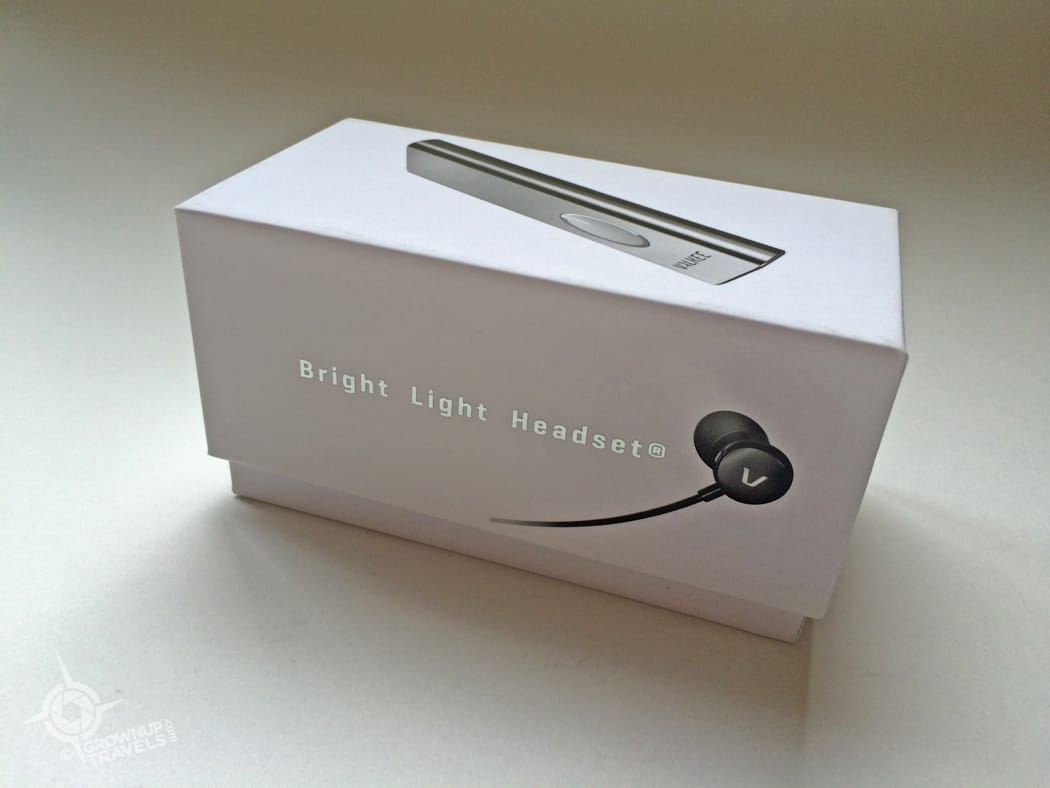
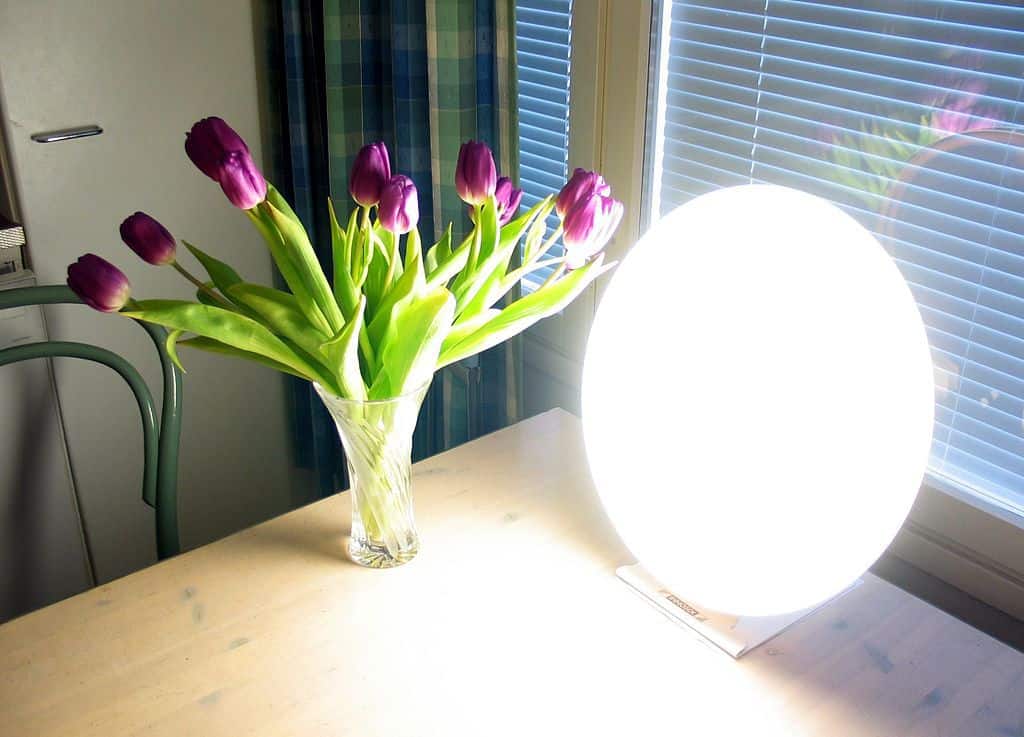
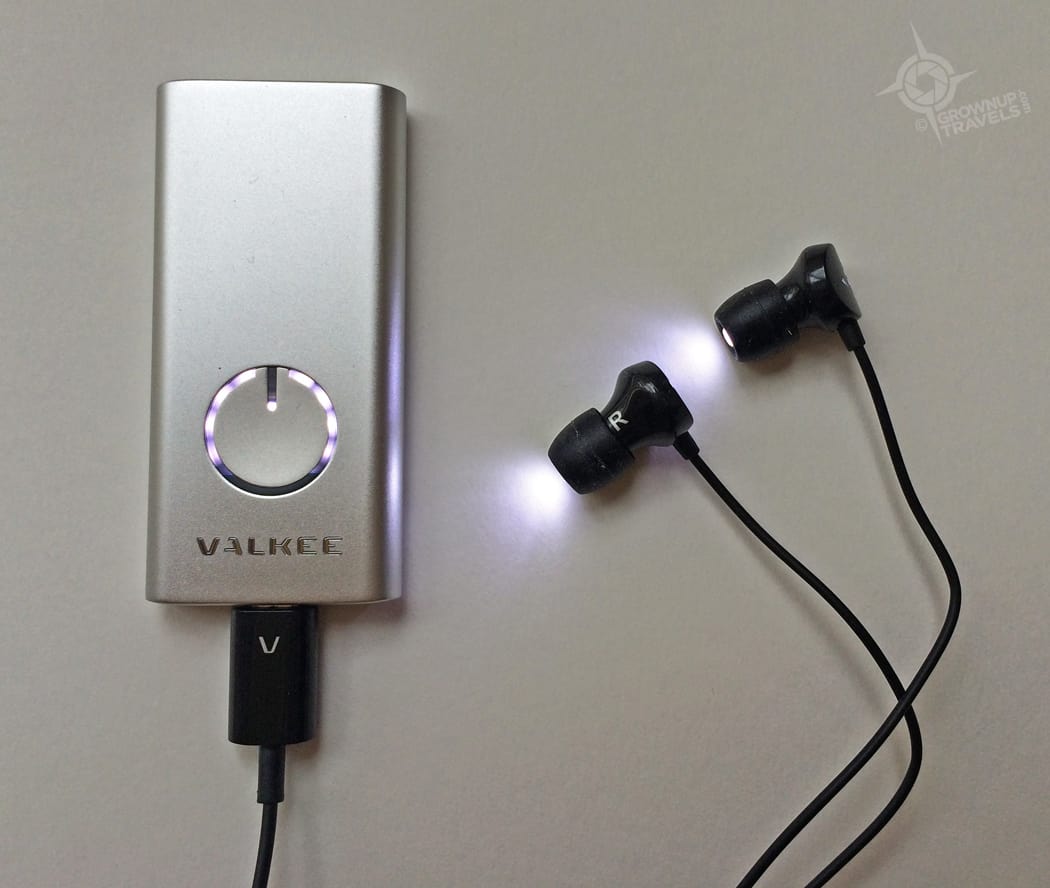
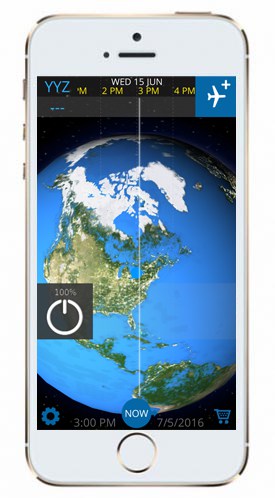
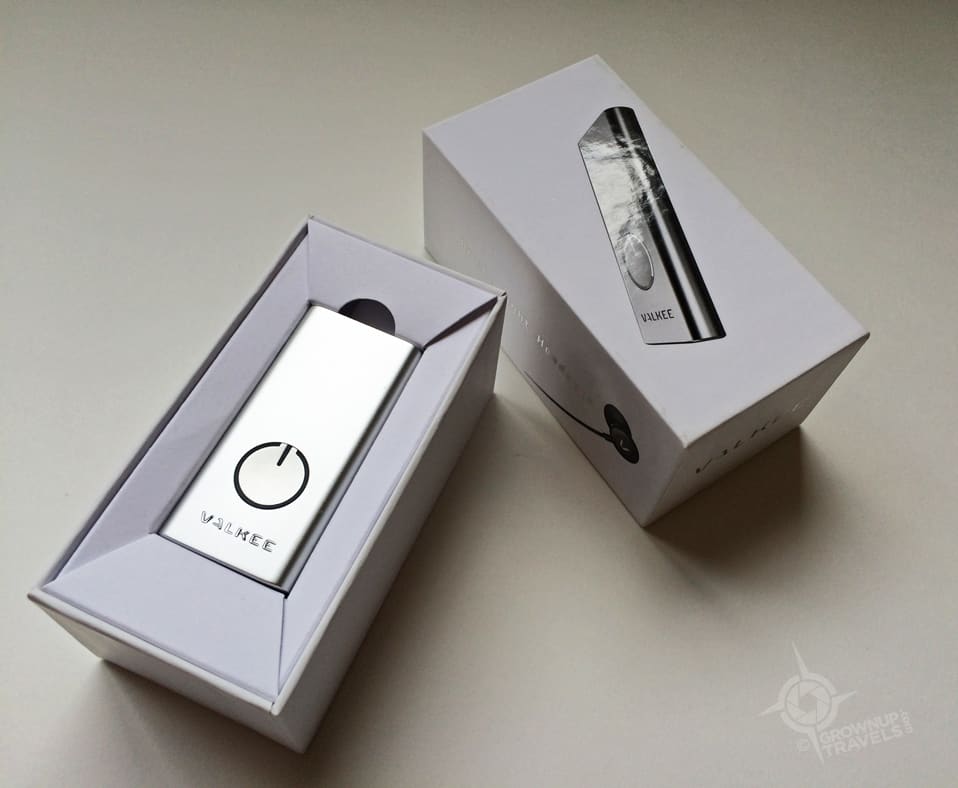












Jet lag does make travel tough, especially for us grownups!
That’s why I’ve said to Henk that we should focus on the longest long-haul trips now, and save some of the more ‘comfortable’ ones for later when we are in our 80s! 🙂